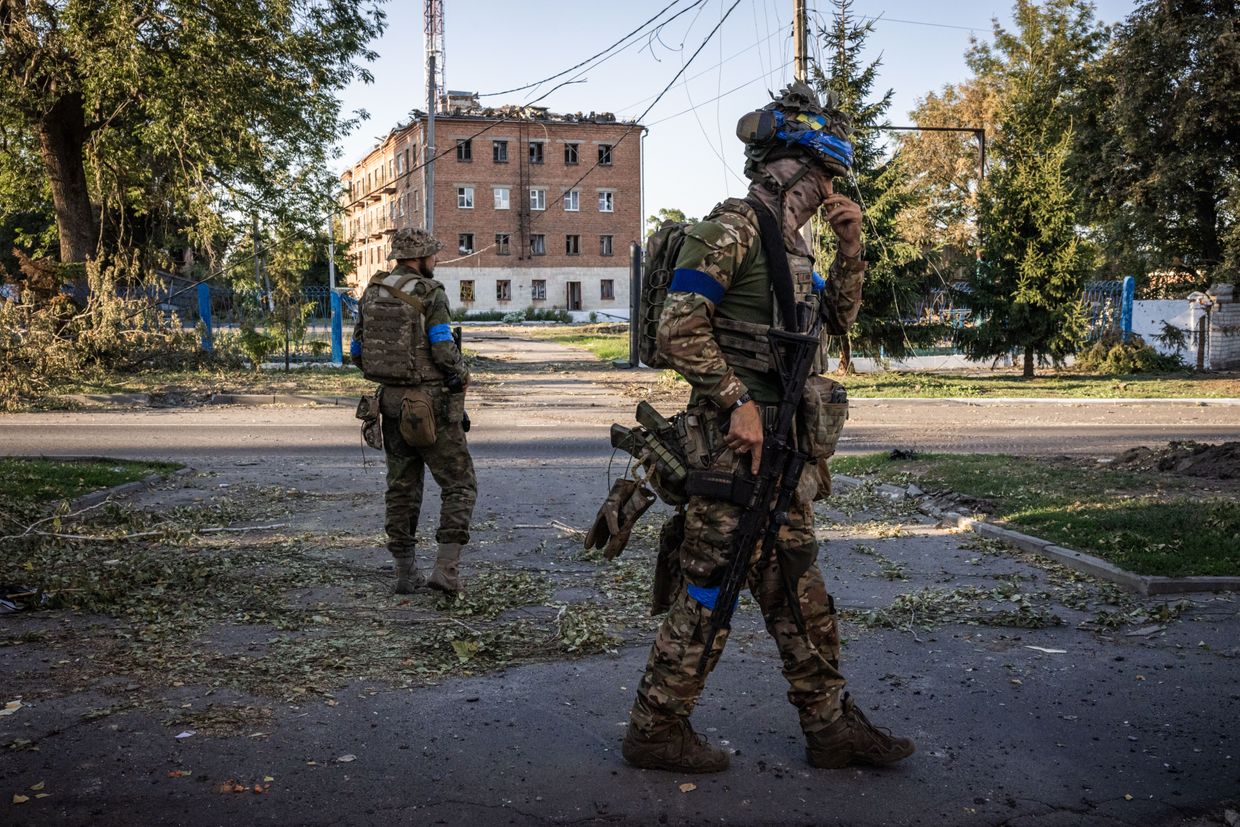
Since the new push in Russia’s Kursk Oblast in early January, Ukraine has made small gains and managed to capture the first North Korean prisoners of war in the area but experts have raised concerns about Kyiv’s use of limited resources while fierce battles rage elsewhere.
The assessment comes as more – but still limited – open-source data emerges from the week-old Ukrainian operation around the village of Berdin in what experts believe was Kyiv’s tactic to take advantage of a weakened Russian defense in the area.
The Ukrainian military has so far remained silent on the operation, though reporting on Jan. 5 that the most intense fighting across the front line was happening in Kursk Oblast.
Andrii Kovalenko, the head of the Center for Countering Disinformation (CCD) in the National Security and Defense Council, told the Kyiv Independent that Ukrainian forces had advanced over two kilometers in Kursk Oblast on the first day. He declined to comment further on operational details.
In a Jan. 5 Telegram post, Kovalenko said that the Ukrainian attacks in several directions in Kursk Oblast "came as a surprise" for the Russian troops. Andrii Yermak, the head of the President’s Office, praised the “good news” from the southwestern Russian region where Ukraine is gripping onto a narrow patch of territory at high costs, saying that “Russia is getting what it deserves.”
Western and Ukrainian military experts warned that the scale and success of the costly Ukrainian operation were “exaggerated,” with Kyiv achieving minor tactical gains – at least some of which Russia appears to have reclaimed quickly.
The new Ukrainian attacks came five months after Kyiv launched its cross-border incursion into Russia in August 2024, surprising Western leaders and temporarily boosting the morale among the exhausted troops elsewhere withdrawing little by little. Some of Ukraine’s most elite units, along with the less experienced ones, took part in the operation.
However, months into the incursion, more Ukrainian soldiers have increasingly grown pessimistic toward what they believe would be a short-lived operation, with many questioning the cost of invading another country’s territory when the defense of one’s own is at stake.
Since August, Ukraine has reportedly lost more than half of the Kursk Oblast territories it captured. Meanwhile, Russia has advanced at its quickest pace since early 2022, and the stretched-out Ukrainian troops have lost important long-time strongholds, including Vuhledar, Selydove, and, most recently, Kurakhove in the eastern Donetsk Oblast.
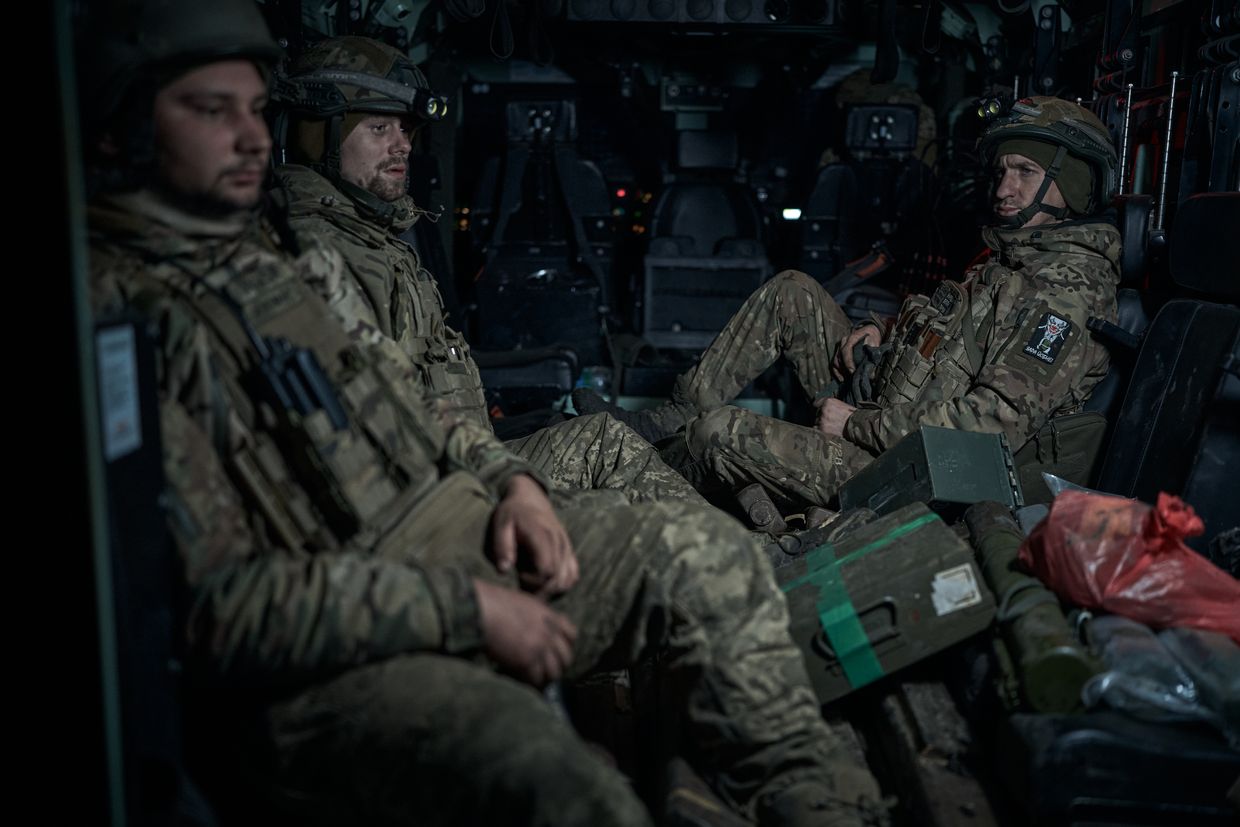
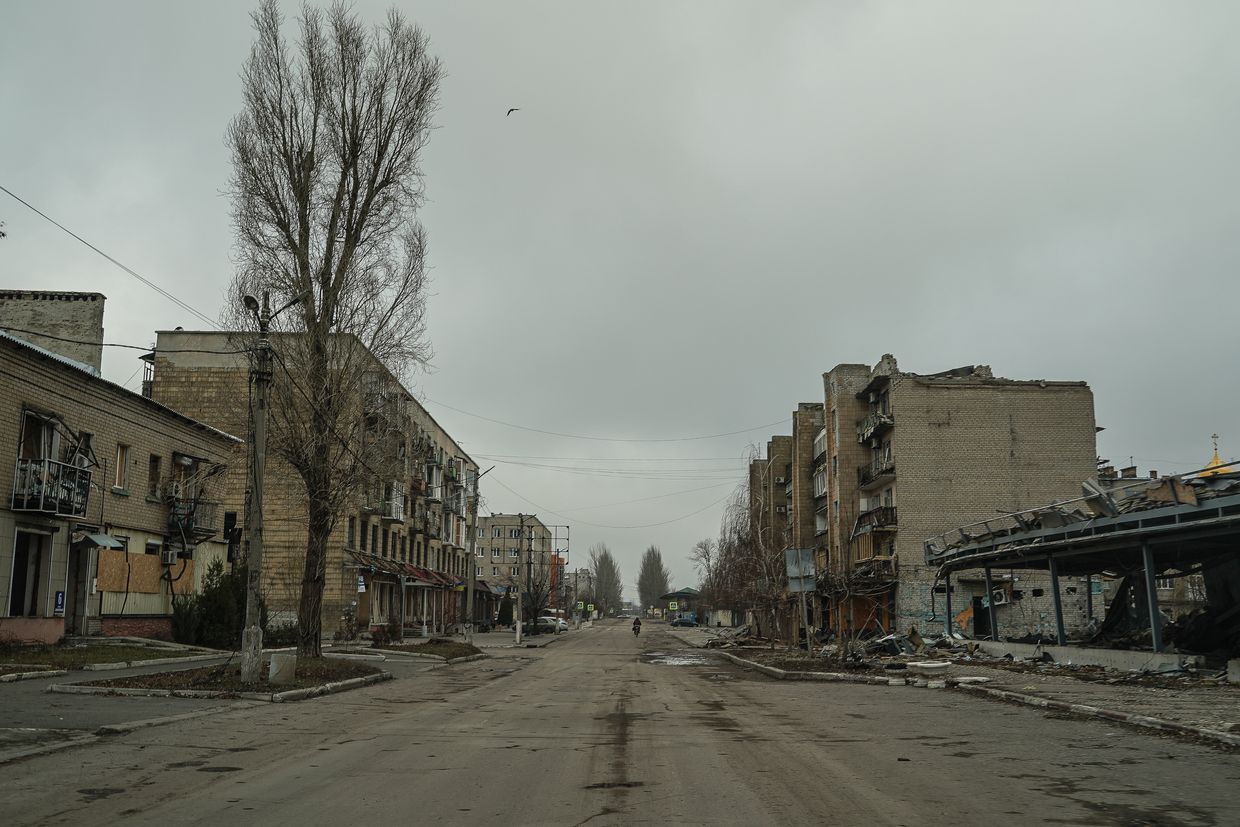
The Kursk incursion rages on as unpredictable U.S. President-elect Donald Trump, who has recently said he hopes to end the war in Ukraine in about half a year, is due to take office on Jan. 20.
It is widely believed that Ukraine’s control of Russian territory could be a bargaining chip at the possible future negotiations with Russia.
Outgoing U.S. Secretary of State Antony Blinken told reporters in Seoul on Jan. 6 that Ukraine’s small patch of Kursk Oblast “is an important one because certainly it's something that would factor in any negotiation that may come about in the coming year.”
Small tactical gains
Ukraine’s recent attacks against Russian positions in Kursk Oblast are “very limited” due to severe manpower and resource shortages, Ivan Stupak, a Ukrainian military commentator and former Security Service of Ukraine (SBU) officer, said.
Estimating the push to involve from hundreds to 2,000 Ukrainian troops at most and dozens of heavy equipment, Stupak said that the renewed operation appears to be 70% for political purposes and 30% for military purposes.
The operation appears to be Kyiv’s attempt to inflict “pain” one more time on Russia and provide Ukrainians with “a bit more victories” in the tough time when the front-line situation continues to deteriorate, according to the expert. He added that it may also be to relieve the situation across hot spots of the war in Ukraine, such as in the Donbas, by trying to force Russia to deploy more troops to the Kursk axis, as well as to possibly disrupt Moscow’s tactical plans in the area.
“I expect that it will be maybe a couple of weeks of offensive operation but within Kursk Oblast,” Stupak told the Kyiv Independent.
Ukraine currently controls about 450 kilometers of Kursk Oblast territory, which is roughly the size of Detroit, according to Stupak.
Ukraine managed to break through the Russian defenses in some villages in the Berdin area, but it appears Ukrainians have already been pushed out of some, Emil Kastehelmi, an analyst at the Black Bird Group analyzing the war closely through open source, said.
Advancing anywhere in Kursk Oblast is now difficult due to the high concentration of Russia’s troops and its heavy use of first-person view (FPV) drones and glide bombs, according to experts.
“It is pretty clear that the Ukrainians don't have any more capabilities to rapidly advance in this area anymore,” Kastehelmi told the Kyiv Independent. “So it's more of these localized counterattacks and then just staying on the defense instead of a new offensive phase.”
Ukraine may have tried to seize the moment when there was a low number or quality of Russian soldiers deployed at this particular point, a shortage of heavy equipment in the area, or the rotation of units, according to experts.
“Currently, it seems that the Russians were able to counter some of the Ukrainian advances and then strike back,” Kastehelmi said.
The operation appears to have gained tactical gains but "nothing that would change the general dynamics of the battlefield,” he added.
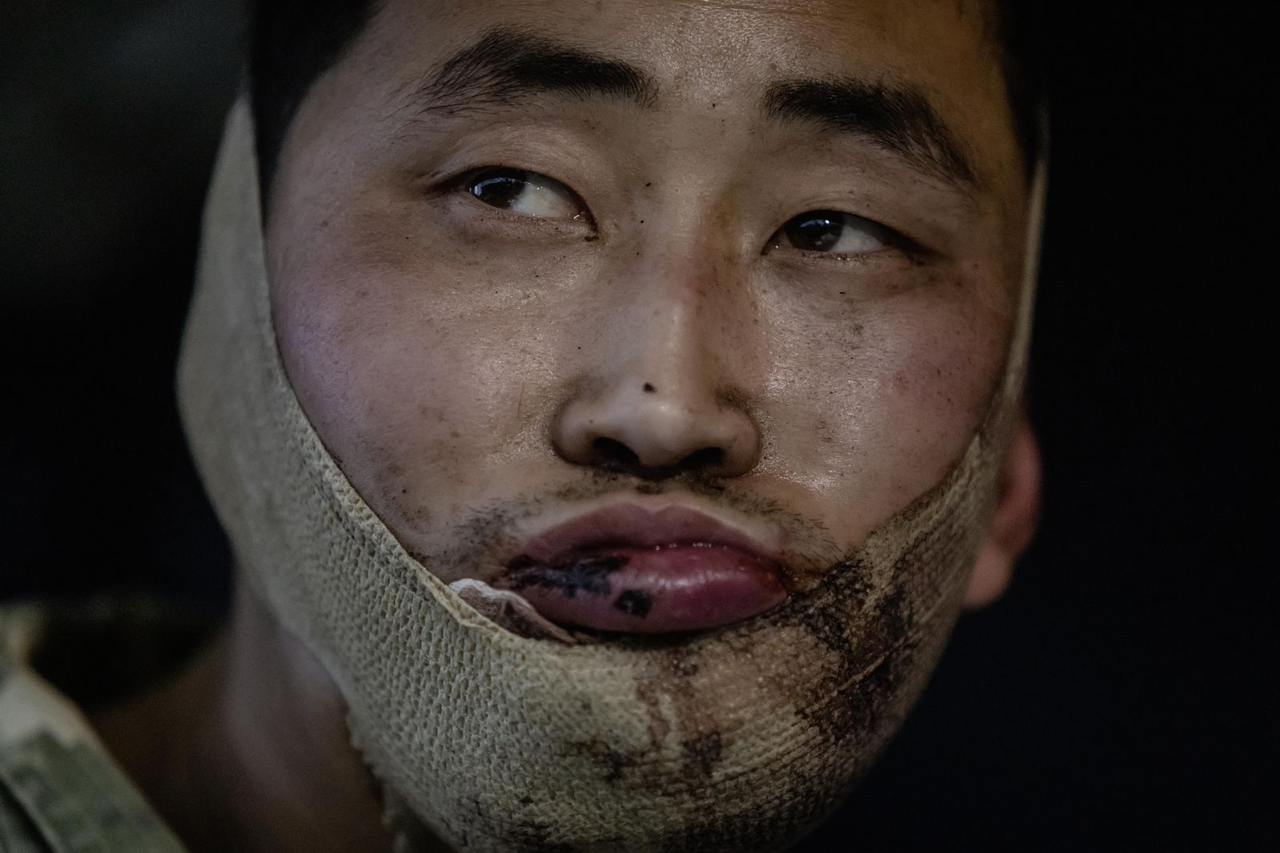
‘Drilling into enemy’s depths’
Spending forces to take "some small, very local successes in the furthest corner of the (Kursk) salient" when Ukraine is struggling to hold onto its remaining captured territories amid the serious manpower issue could be "net negative," Kastehelmi suggested.
Russian troops have been pushing from the flanks, particularly toward the town of Sudzha and from the western direction of the salient, so trying to advance further toward the corners without expanding the flanks may compromise Ukrainian defense, according to Kastehelmi.
Yaroslav, a serviceman in the Ukrainian Special Operations Forces sabotage and reconnaissance group deployed in Kursk Oblast, agreed with Kastehelmi’s assessment. The soldier is only identified by first name in accordance with the security protocols of the Ukrainian military. Yaroslav stressed that the situation around the strategic town of Sudzha is difficult, with Russian troops continuing to push in the areas of villages to its north and south – Malaya Loknya and Makhovka.
“Instead of expanding our flanks, we are drilling into the enemy's depths,” Yaroslav told the Kyiv Independent.
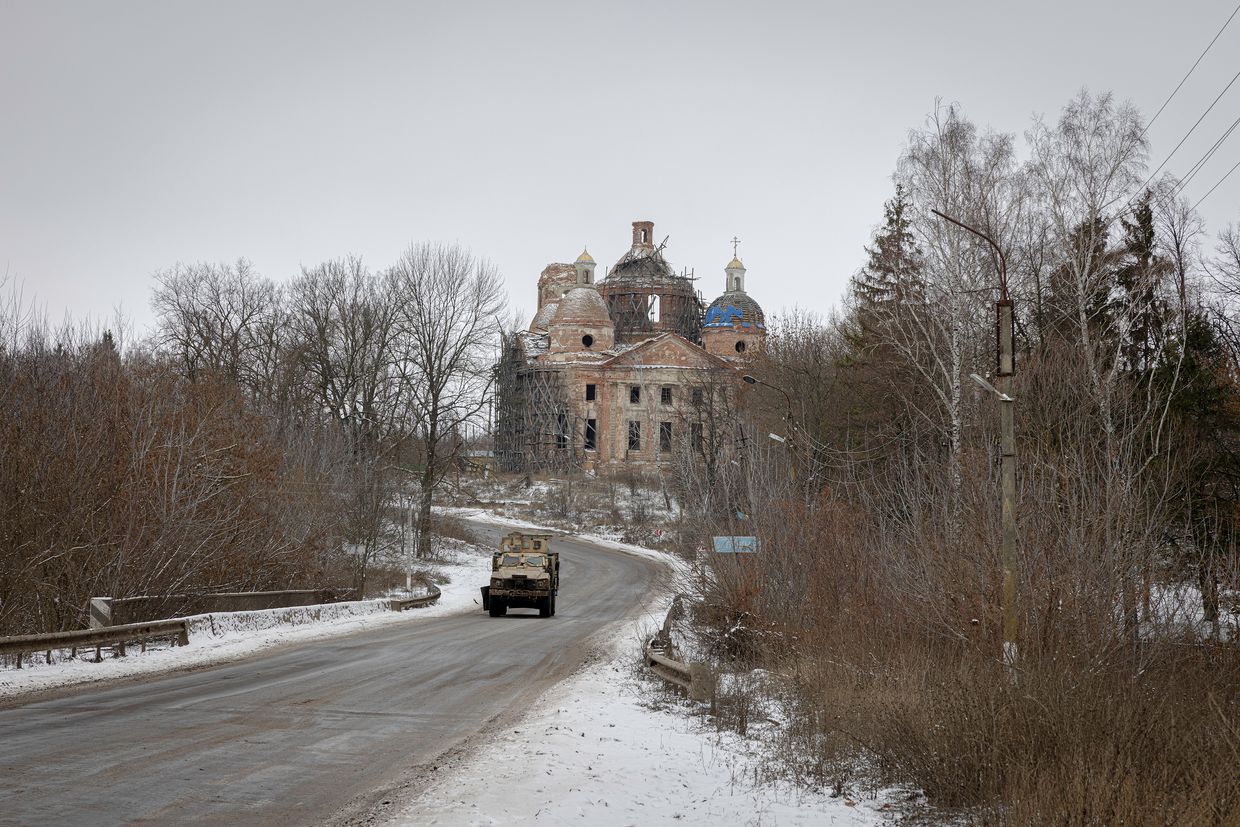
Holding onto Sudzha is crucial for Kyiv. With the only one main road used to support Ukrainian troops in Kursk Oblast from the adjacent Sumy Oblast in northeastern Ukraine, losing the town could jeopardize Ukrainian logistics crucial for the operation, according to Ukrainian expert Stupak.
“If Russians will manage to cut this road, it will be very difficult to supply Ukrainians with everything – with medicine, manpower, heavy equipment, shells, etc.,” he said.
The overall Russian offensive – supported by North Korean soldiers – continues in Kursk Oblast despite the local Ukrainian attacks on the corner of the salient, making it extremely difficult for the Ukrainians to hold the ground. About 12,000 North Korean troops were deployed to Kursk Oblast, a senior Ukrainian official familiar with the intelligence told the Kyiv Independent in December.
Stupak also argued that gaining territory is just one side of the medal, the other one is holding it.
“It's a big question because we are using the best of the best soldiers in this land and of the best supplied Western equipment and lots of other directions, such as Donetsk or Zaporizhzhia oblasts, they are suffering from a shortage of shells, manpower, equipped and motivated detachments.”
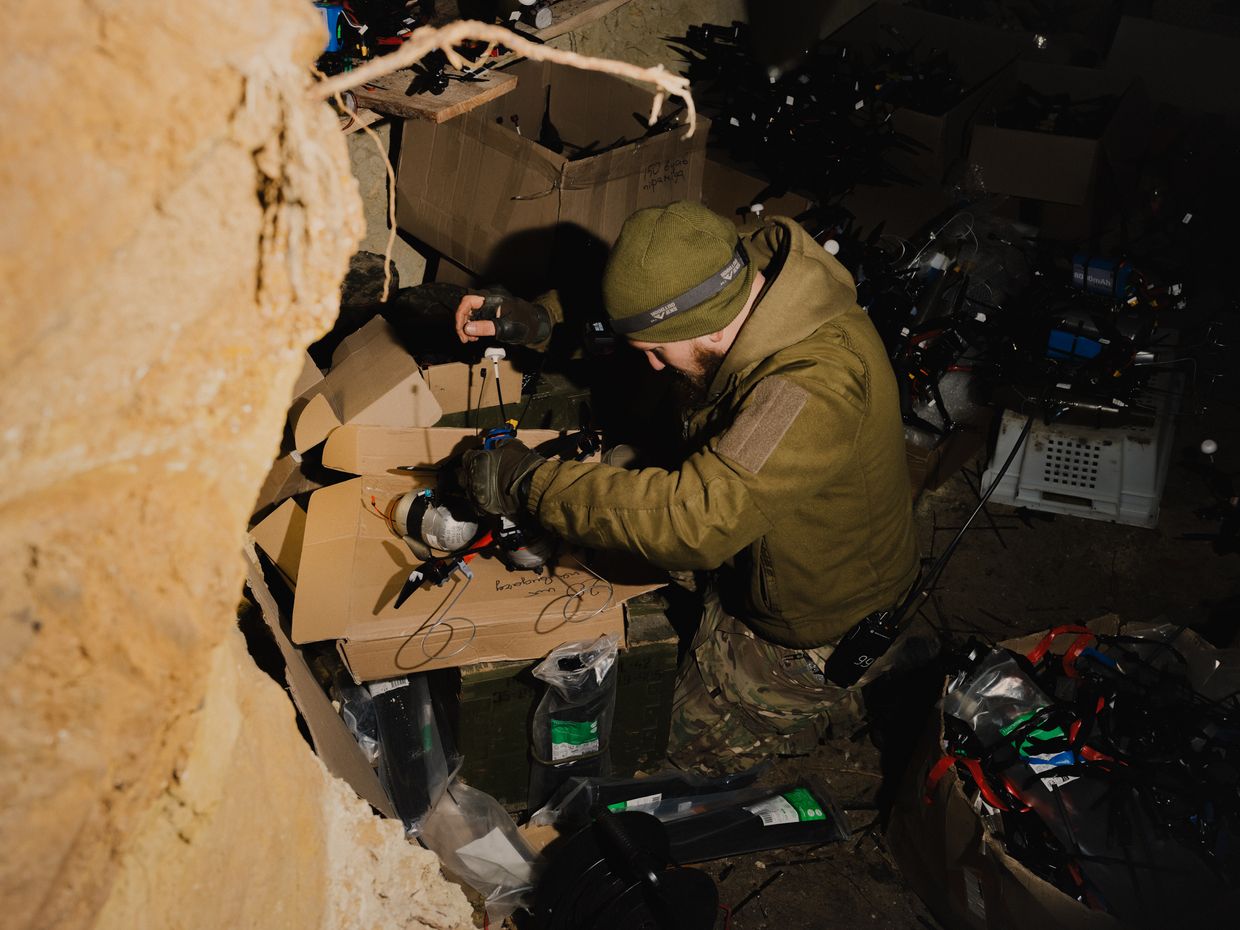
https://ift.tt/27M0qWp






 14:00
14:00
 admin
admin

 Posted in
Posted in



